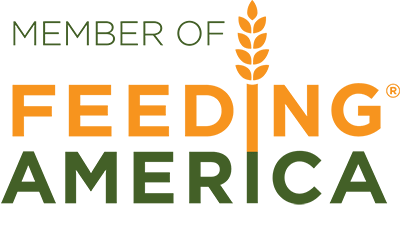Let’s Find Out More About Fiber
What is Fiber?
Dietary fiber is the part of plant foods that can’t be digested or absorbed by the body. This is naturally found in whole grains, fruits, vegetables, and beans and legumes. There are two different types of fiber, soluble and insoluble.
Benefits
- Heart disease: fiber may help prevent heart disease by reducing cholesterol
- Weight Management: slows digestion keeping you fuller for longer. Foods high in fiber also are usually lower in calories!
- Diabetes: slower digestion means it may also help reduce blood sugar spikes after meals
- Digestive Issues: improve frequency and bulk of bowel movements
How much do we need?
The recommended amount of dietary fiber is about 25g for women and 38g for men daily for the general healthy population. More than 90% of women and 97% of men do not meet the recommended intakes for dietary fiber according to the Dietary Guidelines for Americans.
How to increase it?
Fiber is found in higher amounts in whole grains and beans than fruits and vegetables. Other sources of fibers include oatmeal, whole-wheat flour, nuts, wheat bran, beans, peas, carrots, oranges, apples, and other vegetables.
- Mix in oats where it’s possible whether it be meatloaf and bread or cookies and smoothies
- Don’t forget the beans in your next soup or salad
- When baking, substitute whole-wheat flour for half of the white flour your recipe calls for
- Choose whole fruits over fruit juices as more fiber is in the whole fruit and less chances of consuming added sugars
- Always find new ways to make sure you reach the amount of fruits and vegetables you need in a day by adding them to sandwiches, salads or noodle and rice dishes.
Remember fiber consumed naturally is always a better route than supplements (unless otherwise instructed by your primary care physician or registered dietitian)
Cautions
Make sure as you dive into adding more fiber into your diet, you gradually add it in and drink plenty of water with it to prevent gas, bloating, and abdominal cramps.
Sources:
https://www.eatright.org/food/vitamins-and-supplements/nutrient-rich-foods/fiber
For more healthy tips, follow us on Facebook @ETXCommunityTable. For recipes visit etfbrecipes.org.

